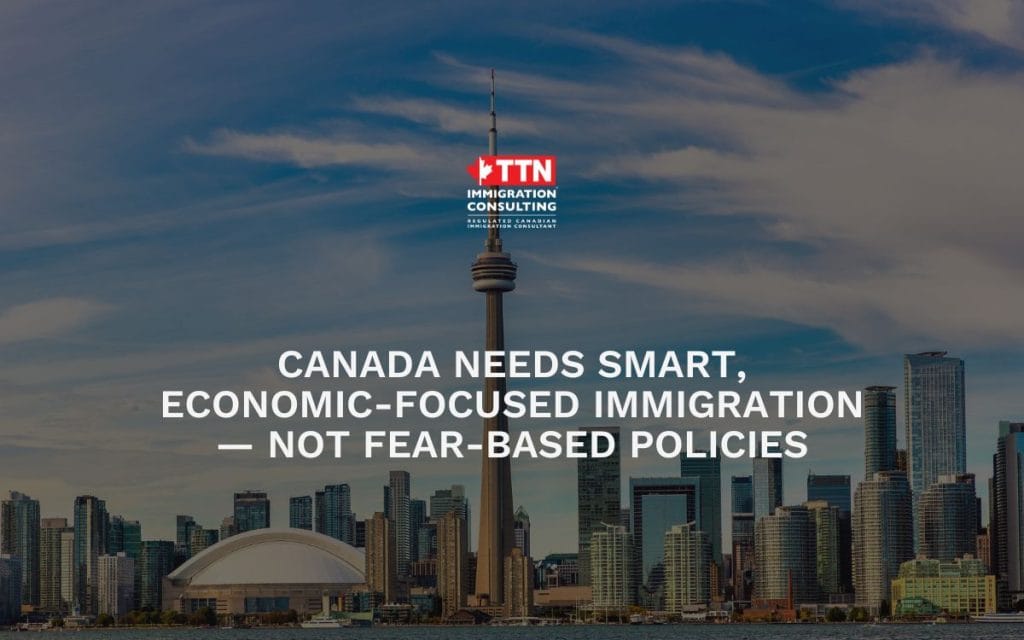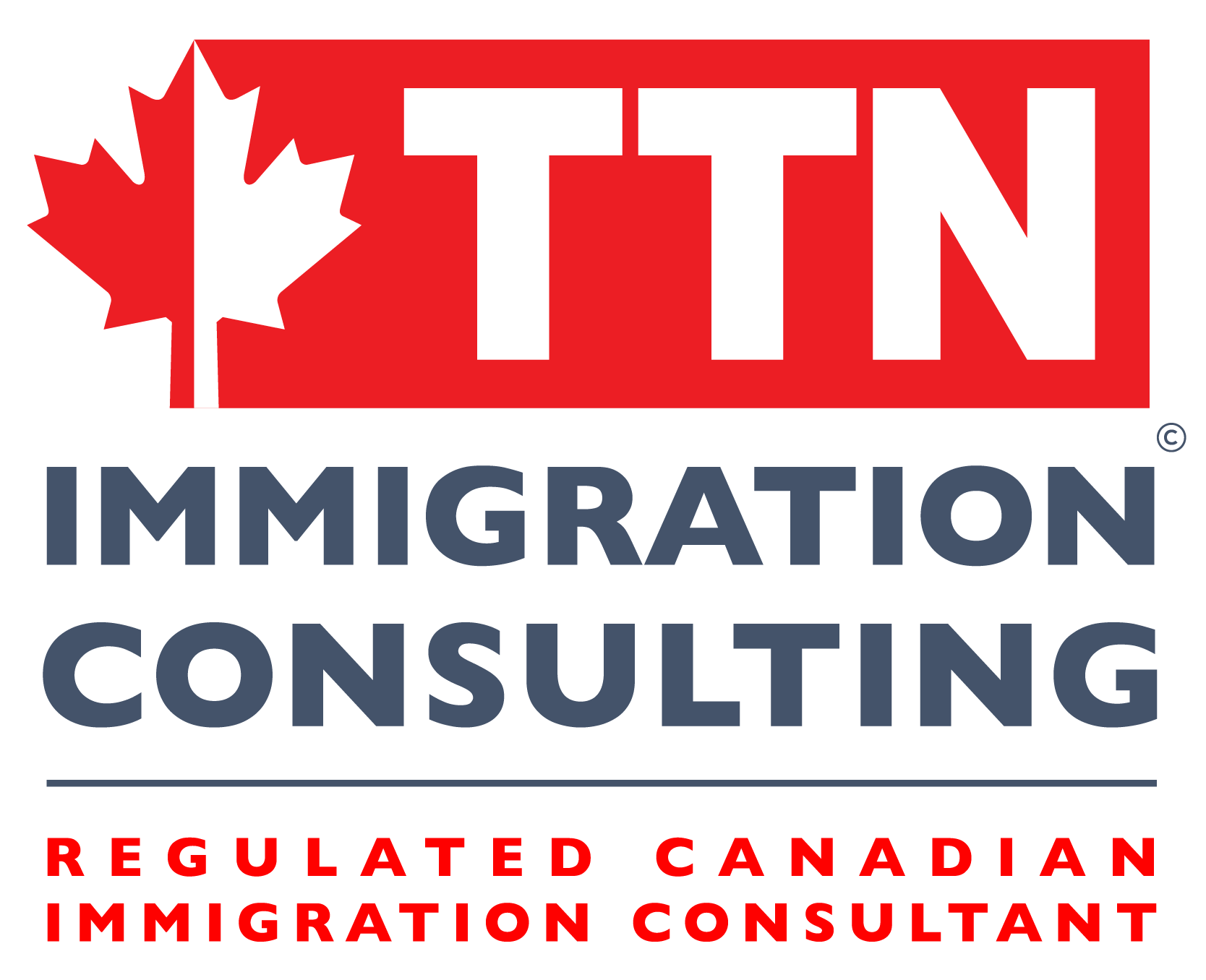Canada Needs Smart, Economic-Focused Immigration — Not Fear-Based Policies
Author: David Le, RCIC-IRB, Canadian Business Immigrant and Immigration Professional
Ontario MP Jamil Jivani’s recent petition to end Canada’s Temporary Foreign Worker Program (TFWP) has sparked debate over immigration’s role in our healthcare system, housing market, and job economy. As an immigrant who came to Canada under the business stream of the Manitoba Provincial Nominee Program, now the Business Investor Stream (BIS), and as a licensed immigration professional, I feel compelled to offer a different perspective — one rooted in both experience and economic pragmatism.
Let’s be clear: immigration is not the problem. Poorly targeted and reactive immigration policy is. Canada, like other developed nations, faces a shrinking workforce, an aging population, and labour shortages in key sectors. Smart, well-managed immigration is a vital part of the solution.

On Healthcare Shortages
MP Jivani’s petition connects immigration to doctor shortages and crowded hospitals. But here’s the contradiction: Canada urgently needs healthcare professionals, and many of them could come from abroad. A proactive immigration strategy would prioritize admitting internationally trained doctors, nurses, healthcare technicians, and support staff - both through temporary and permanent programs - with clear, reliable pathways to permanent residency. These are professionals who could begin working in the healthcare industry while waiting to apply for permanent residency (approximately 5 years in Canada), addressing our healthcare capacity issues today.
Về tình trạng quá tải bệnh viện
If the concern is overburdened hospitals, we must be selective in our immigration policies. A well-designed, “Canada-first immigration policy” would focus on admitting young (less than 50), healthy, skilled individuals aligned with the country’s economic and healthcare needs. It is also worth noting that many people enter Canada under humanitarian and compassionate programs (including parents and grandparents, refugees and asylum claimants), which Canada honors as a humanitarian nation.
On Housing and Infrastructure
The current housing challenge is not caused by immigration but by supply-side issues. Many immigrants, particularly those under investor and entrepreneur streams, have both the financial capacity and expertise to invest in and build housing projects. Encouraging skilled tradespeople, construction professionals, and real estate developers through economic immigration programs would directly address housing shortages and stimulate regional economies.
Again, many temporary foreign workers and foreign people who are interested in immigrating to Canada permanently are lining up, particularly investors and entrepreneurs, who have the capacity and skills to develop housing and invest in infrastructure projects. Immigration programs that encourage construction professionals, skilled tradespeople, and housing investors to come and work in Canada temporarily for 2-3 years to meet the criteria to apply for permanent residence would help close this gap, benefiting Canadians across the board.
On Job Market Pressures
Concerns about a challenging job market, particularly for young Canadians, also miss a crucial point. Temporary foreign workers are often hired for roles Canadians won’t fill — in agriculture, hospitality, and certain skilled trades. Simultaneously, entrepreneurs, business investors, and senior managers from abroad create businesses and jobs in Canada. Programs such as Provincial Nominee Programs (PNPs) already successfully facilitate this, though language requirements and restrictive caps limit their effectiveness. By refining these programs, removing caps and maintaining high economic immigration targets, we can increase job creation for Canadians, including youth.
On Immigration Levels Being ‘Too High’
There is a misconception that Canada’s immigration levels are unsustainable. The real issue is selection, not volume. Economic immigration has never been high enough relative to our labour market needs, especially in key sectors like healthcare, skilled trades, and technology. The focus must shift to who we select — not how many.
On Recent Immigration Caps
The recent restrictions and caps on economic immigration programs risk undermining Canada’s long-term economic stability. They result in talent loss, reduced investment, and weaker educational institutions reliant on international students. These restrictions ripple through our economy, leading to job losses, campus, department closures, and lower rental incomes for Canadians.
Conclusion
Canada must pursue a “Canadian-first immigration policy” — one that prioritizes economic contributions, labour market alignment, and demographic needs while preserving our humanitarian commitments. Immigration, when intelligently managed, will alleviate — not exacerbate — our healthcare, housing, and employment challenges.
Canada’s future prosperity depends on immigration. But it must be strategic. We need policies that bring in people who can fill critical labour gaps, invest in infrastructure, create businesses, and grow our economy.
Fear-based narratives about immigration shortages may win short-term headlines, but they distract from the real solutions we need. It’s time to move beyond the rhetoric and adopt a pragmatic, economic-first immigration strategy that ensures Canada remains competitive, compassionate, and prosperous.

